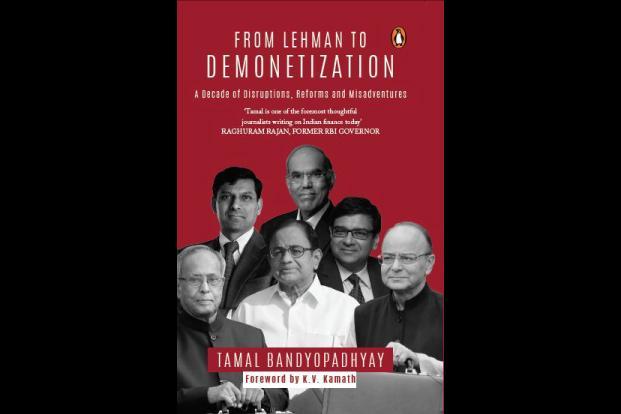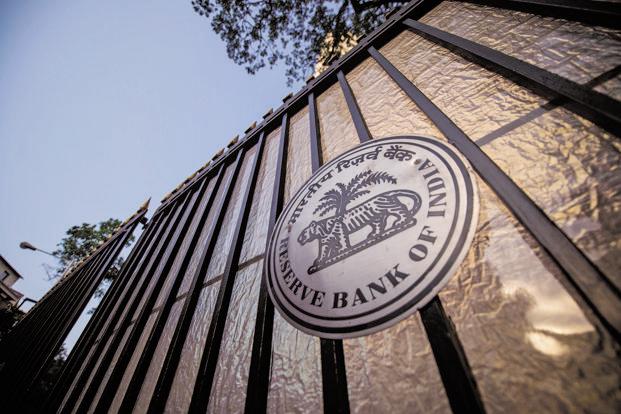India’s banking system is not in the pink of health. Rating agency Moody’s Investors Service reminded us of this last week by maintaining its negative outlook on Indian banks against the backdrop of slow economic growth, high inflation, high interest rates and a weak rupee. The credit assessor had lowered its outlook to negative from stable in November 2011. Its stance for the next 12-18 months remains negative because it expects “a further deterioration in asset quality, an increase in provisioning costs, and a fall in profitability”.
There is no surprise in Moody’s observation. The Reserve Bank of India (RBI), in its June 2012 Financial Stability Report, said there were signals on the possible impact of the worsening asset quality of banks. Last month, it reiterated that risks to the stability of India’s financial system were increasing even though it remains robust. RBI’s annual publication on the trend and progress of banking in the last fiscal, released in November, listed the sharp rise in bad assets of banks as a big challenge. Gross bad debts accounted for 3.1% of total advances in fiscal 2012 against 2.5% in the year before. In absolute terms, outstanding bad debts amounted to Rs.1.4 trillion in fiscal 2012 compared with Rs.97,900 crore the previous year.
Since then, the situation has deteriorated. The amount of loans restructured by banks rose by Rs.17,957 crore in the April-June quarter and Rs.19,544 crore in the July-September quarter. The addition of Rs.37,501 crore in restructured assets in the first half of the current fiscal is worrisome. Banks had restructured Rs.40,000 crore of fresh loans in the whole of the last fiscal through corporate debt restructuring (CDR) route. On this platform, banks typically stretch the repayment period by offering a moratorium, cut the interest rate and even replace rupee loans with cheaper foreign currency loans, depending on the profile of the borrower.
On a cumulative basis, Indian banks have restructured Rs.1.9 trillion of loans till September, but the overall restructured assets could be almost double that amount as there have been many instances of banks restructuring loans outside the CDR platform. Even if one-fifth of the restructured loans turn bad, the non-performing assets (NPAs) of the banking system will rise and profitability of banks will be hit as they need to set aside more money as provisions for such loans.
Gross NPAs of 40 listed banks rose by 47% to Rs.1.6 trillion in September from Rs.1.1 trillion in the year-ago period. State Bank of India (SBI) leads the pack with a 5.15% gross NPAs, followed by Central Bank of India, UCO Bank and Punjab National Bank (PNB). In an August report, Crisil Ltd, the Indian unit of global rating agency Standard and Poor’s, said the total loans restructured at Indian banks could touch Rs.3.25 trillion by March 2013, raising its earlier estimate of Rs.2 trillion.
Moody’s views the loan classification (more particularly with regards to restructured loans) and provisioning practices in India as weak and they mask the extent of the banks’ asset quality and capital challenges. It agrees that the wide branch network of the Indian banking system helps banks mobilize low-cost funds and maintain margins on loans and earnings, but expects the operating environment for banks to remain difficult because of the limited fiscal capacity of the Indian government. A weak economy and high interest rates because of “chronic inflation above 8%” are challenging borrowers’ debt servicing capacity. The rating agency also says the gross NPA ratio may have been as much as 7.63% at the end of March 2012 (more than double of the reported figure) taking into consideration the restructured assets.
Interestingly, the day Moody’s released its report on the Indian banking system, reiterating its negative outlook, the Bankex, the 14-member banking index of BSE Ltd, rose 0.75% to close at 13,999.61 points. In fact, the banking index has been the best performer among all indices on the exchange, gaining close to 55% this year till 7 December. Shares of six of the 14 banks that constitute the banking index have risen more than 50% and all of them are private banks. Yes Bank Ltd stock has seen the maximum growth—91%—since January, followed by IndusInd Bank Ltd (83%), Axis Bank Ltd (65%), ICICI Bank Ltd (65%), HDFC Bank Ltd (62%) and Kotak Mahindra Bank Ltd (54%). Among the government-owned banks, Union Bank of India gained the most, 48%, and SBI 43%. PNB is the worst performer among the 14 banks stocks, gaining close to 5%.
What does this mean? The market seems to be convinced that the worst could be over for the banking system and good days are round the corner. India’s gross domestic product (GDP) grew 5.3% in the September quarter, after expanding 5.5% in April-June. From here, things can only get better, particularly when the government is pushing hard for reforms after years of inertia. Inflation has not been tamed yet but the so-called core inflation or the non-food, non-oil inflation rate seems to be stabilizing and but for a dramatic change in the macroeconomic scenario in the next six weeks, it’s fairly certain that RBI will pare the policy rate in its January review of the monetary policy. That’s good news for the banking sector, which is a proxy for the economy. Lower cost of money increases borrowers’ capability of servicing loans and improves the asset quality of banks. Besides, they get the benefit of an appreciating bond portfolio.
Once bad assets are under control, the next big challenge for the sector will be to migrate to new international norms for capital under the so-called Basel III regime, which requires banks to significantly raise their minimum capital in phases till March 2018.



